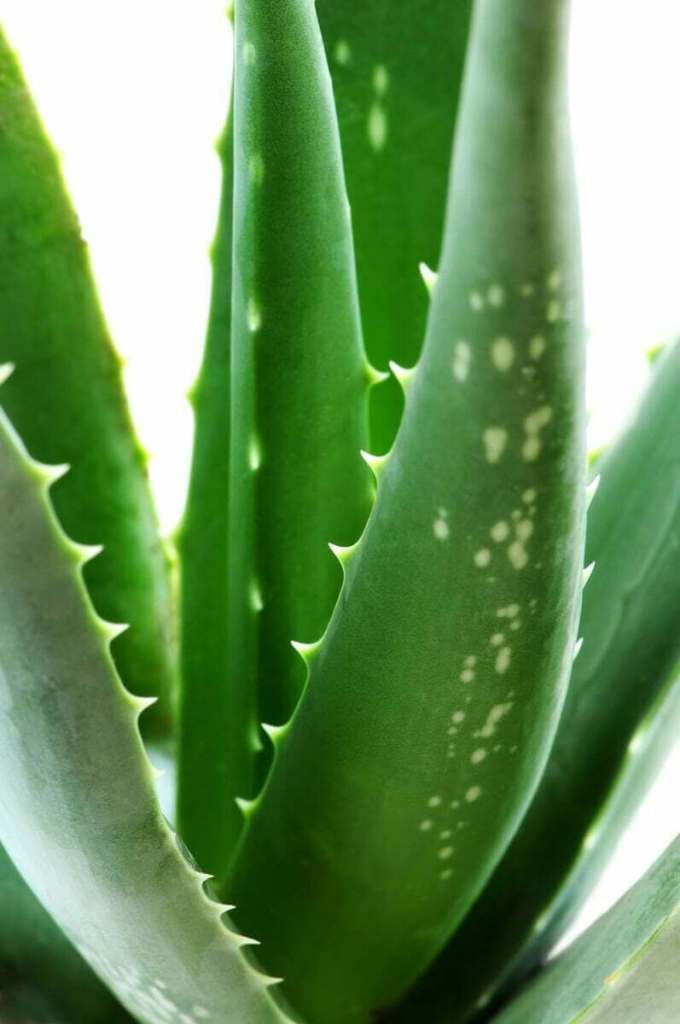Aloe Vera, commonly known as the wonder plant, has captivated the attention of many due to its plethora of benefits and versatility. This succulent plant, which thrives in arid conditions, is not just a decorative houseplant but a treasure trove of natural remedies. Its thick, fleshy leaves house a gel-like substance that has been employed in traditional and modern medicine alike. Understanding how to harness the power of Aloe Vera can enhance health and well-being, along with aiding in everyday skin and hair care routines.
To fully appreciate Aloe Vera, it is essential to delve into its numerous applications, the best ways to extract its potent gel, and how to incorporate it into daily life.
The Historical Significance of Aloe Vera
Aloe Vera has a rich history that can be traced back thousands of years. Ancient civilizations, including the Egyptians, revered this plant, often depicting it in hieroglyphics. Known as the “plant of immortality,” it was used in mummification processes and as a cunning remedy for various ailments. The Greeks and Romans also recognized its medicinal properties, documenting its benefits in their medical texts. This historical use lays the foundation for Aloe Vera’s esteemed position in contemporary holistic health.
The Plant Anatomy: Understanding its Healing Properties
Aloe Vera consists of two primary components: the gel and the latex. The gel, found within the inner leaf, is a translucent substance rich in vitamins, enzymes, and amino acids. Predominantly, it contains vitamins A, C, E, and B12, alongside folic acid and over 20 minerals. These nutrients foster healing and hydrate the skin effectively.
On the other hand, the latex, which is a yellow sap located just beneath the skin, contains aloin, a potent laxative. While it has its uses, caution is advised when handling Aloe latex, as it can lead to gastrointestinal discomfort if consumed in excessive amounts.
For these reasons, the gel is the primary focus for anyone looking to tap into Aloe Vera’s multitude of benefits. Extracting the gel from the leaves is a simple procedure—one that offers immediate access to its life-enhancing properties.
How to Extract Aloe Vera Gel: A Step-by-Step Guide
Extracting the gel from Aloe Vera is uncomplicated and can easily be done at home. Follow these steps for optimal results:
1. Choose a mature Aloe Vera leaf. Look for one that is thick and fleshy, as this indicates a high gel content.
2. Using a sharp knife, cut the leaf close to the base of the plant. Ensure you perform this step carefully to avoid damage to the mother plant.
3. Place the cut leaf upright in a glass or container for around 15 minutes. This allows the yellow latex to drain out, minimizing its presence in your gel.
4. Once drained, lay the leaf flat on a cutting board. Slice the leaf open lengthwise to reveal the gel. Scoop out the clear substance with a spoon or knife.
5. Store the extracted gel in an airtight container in the refrigerator for up to a week. For longer preservation, consider freezing it in ice cube trays.
Incorporating Aloe Vera into Your Life
The versatility of Aloe Vera allows for its application in numerous aspects of daily living, from skincare to culinary innovations. Here are a few practical ways to integrate this extraordinary plant into everyday routines:
Skin Care: Soothes, Heals, and Hydrates
One of the most popular uses of Aloe Vera is in skincare. Its anti-inflammatory properties make it an excellent choice for calming sunburns, minor cuts, and irritations. Its hydrating nature also benefits individuals with dry skin. Apply a thin layer of Aloe Vera gel directly to clean skin for immediate hydration. It can also be mixed with other natural ingredients like coconut oil or essential oils for added benefits.
Moreover, Aloe Vera can play a role in preventing and treating acne breakouts. Its antimicrobial properties help reduce bacteria on the skin, while its soothing characteristic diminishes redness and swelling. Regular application can assist in achieving a clearer complexion.
Hair Care: Nature’s Conditioner
Aloe Vera is not merely for external applications on the skin; it is equally beneficial for hair. As a natural conditioner, it hydrates the scalp and infuses moisture into the hair shaft, promoting gloss and strength. To use Aloe for hair, combine the gel with a few drops of your favorite essential oil, massage it into the scalp, and let it sit for 30 minutes before rinsing. This promotes not only a healthy scalp but also encourages hair growth.
Culinary Uses: A Nutritional Boost
In addition to its topical applications, Aloe Vera can be consumed in moderation. The gel can be blended into smoothies, juices, or added to fruit salads, providing a nutritious boost. Its subtle flavor pairs well with various ingredients, while its enzymes can aid digestion, enhancing gut health.
However, it is crucial to ensure that the latex has been thoroughly removed before consumption, as it may lead to indigestion or laxative effects. Beginners should start with small amounts, gradually increasing their intake as desired.
Conclusion: Embrace the Wonder of Aloe Vera
The Aloe Vera plant stands as a testament to nature’s ability to provide healing and nourishment. Its diverse applications—ranging from skincare and hair care to culinary enhancements—make it a valuable addition to any household. Once you familiarize yourself with the art of extraction and application, the benefits are boundless. Aloe Vera is not just a plant; it is a natural ally, deserving a prominent place in the world of health and wellness.





Leave a Comment